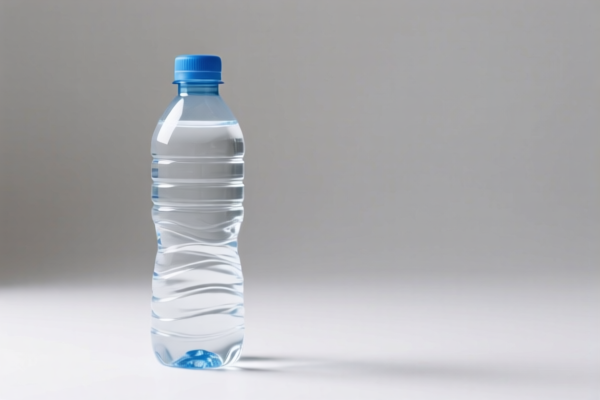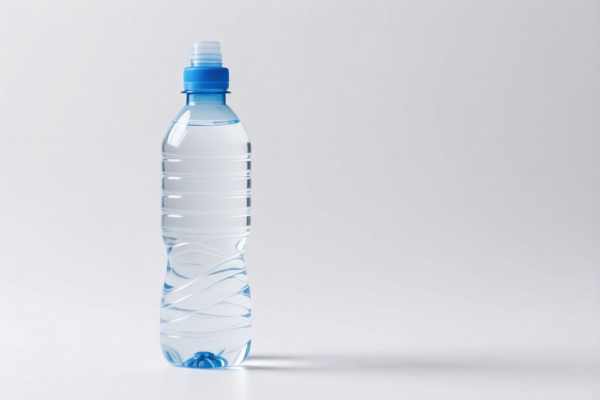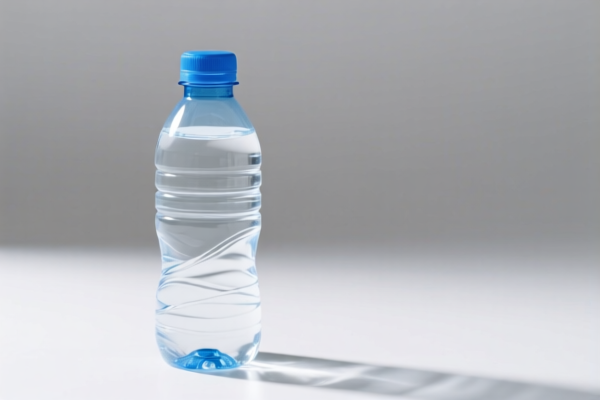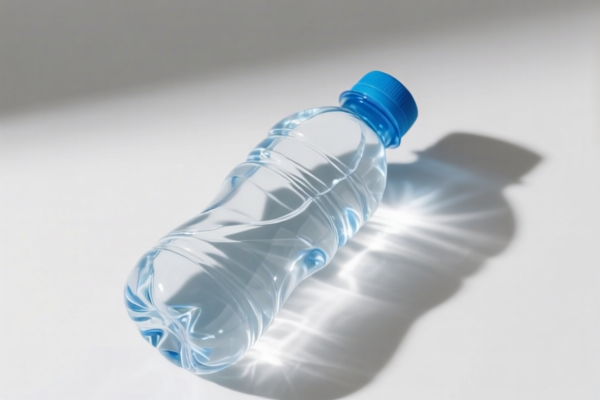| HS Code | Official Doc | Tariff Rate | Origin | Destination | Effective Date |
|---|---|---|---|---|---|
| 8422200000 | Doc | 55.0% | CN | US | 2025-05-12 |
| 8422309186 | Doc | 55.0% | CN | US | 2025-05-12 |
| 3923300090 | Doc | 58.0% | CN | US | 2025-05-12 |
| 7010905005 | Doc | 55.0% | CN | US | 2025-05-12 |
| 7010905055 | Doc | 55.0% | CN | US | 2025-05-12 |
| 7013370500 | Doc | 50.0% | CN | US | 2025-05-12 |
| 7013492090 | Doc | 60.0% | CN | US | 2025-05-12 |
| 6909900000 | Doc | 59.0% | CN | US | 2025-05-12 |
| 6909112000 | Doc | 55.0% | CN | US | 2025-05-12 |
| 6914108000 | Doc | 64.0% | CN | US | 2025-05-12 |
| 6914908000 | Doc | 60.6% | CN | US | 2025-05-12 |




Cleaning Bottle
A cleaning bottle is a container designed for holding and dispensing cleaning solutions, typically for household, industrial, or personal care applications. These bottles facilitate the application of liquids for sanitizing, disinfecting, or removing dirt and grime from surfaces.
Material
Cleaning bottles are commonly manufactured from the following materials:
- High-Density Polyethylene (HDPE): A robust and chemical-resistant plastic, frequently used for general-purpose cleaners, bleach, and detergents. HDPE bottles are known for their impact resistance and recyclability.
- Polyethylene Terephthalate (PET): A clear, lightweight plastic often used for spray bottles and solutions where visibility of the contents is desired. PET is commonly recycled.
- Polypropylene (PP): Resistant to heat and chemicals, PP is suitable for bottles containing concentrated cleaning agents.
- Glass: Used for solutions requiring high purity or those sensitive to plastic degradation. Glass bottles are often preferred for essential oils or laboratory applications.
- Stainless Steel: Employed in industrial settings for durable and reusable bottles, particularly for harsh chemicals.
Purpose
The primary purpose of a cleaning bottle is to effectively deliver cleaning solutions for:
- Sanitizing: Reducing the number of microorganisms on surfaces.
- Disinfecting: Eliminating microorganisms on surfaces.
- General Cleaning: Removing dirt, dust, grease, and other contaminants.
- Degreasing: Removing oils, fats, and waxes from surfaces.
- Polishing: Applying polishing agents to surfaces for shine and protection.
Function
Cleaning bottles function through several mechanisms:
- Spray Bottles: Utilize a pump mechanism to atomize the cleaning solution into a fine mist for even distribution.
- Squirt Bottles: Dispense liquid in a controlled stream when squeezed.
- Pour Bottles: Designed for direct pouring of the cleaning solution.
- Foam Bottles: Produce a foamy solution for enhanced cleaning action and coverage.
- Trigger Spray Bottles: Incorporate a trigger mechanism for controlled and ergonomic dispensing.
Usage Scenarios
Cleaning bottles are employed in a wide range of settings:
- Household Cleaning: Kitchens, bathrooms, floors, windows, and general surfaces.
- Commercial Cleaning: Offices, schools, hospitals, and retail spaces.
- Industrial Cleaning: Manufacturing plants, workshops, and laboratories.
- Automotive Cleaning: Car interiors, exteriors, and engines.
- Personal Care: Hand sanitizers, disinfectant sprays, and cosmetic toners.
Common Types
- All-Purpose Cleaner Bottles: Designed for versatile cleaning of various surfaces.
- Disinfectant Spray Bottles: Specifically formulated for sanitizing and disinfecting.
- Glass Cleaner Bottles: For streak-free cleaning of windows and mirrors.
- Bathroom Cleaner Bottles: Target soap scum, mildew, and grime in bathrooms.
- Floor Cleaner Bottles: Designed for cleaning various floor types.
- Hand Sanitizer Bottles: Portable bottles for dispensing alcohol-based hand sanitizers.
- Concentrate Bottles: Designed to hold concentrated cleaning solutions that are diluted with water before use.
- Empty Refillable Bottles: Reusable bottles for dispensing self-mixed cleaning solutions.
The declared goods are identified as equipment used for cleaning bottles. This includes machinery specifically designed for this purpose, as well as related components.
Here are the relevant HS codes based on the provided reference material:
-
8422200000: This HS code falls under Chapter 84 (Nuclear reactors, boilers, machinery and mechanical appliances; parts thereof) and specifically covers dishwashing machines and machinery for cleaning or drying bottles or other containers. This is a direct match for the declared goods.
- 84: Nuclear reactors, boilers, machinery and mechanical appliances; parts thereof.
- 22: Machinery for cleaning or drying bottles or other containers.
- 0000: Further specifies dishwashing machines and cleaning/drying machinery.
-
8422309186: This HS code also falls under Chapter 84 and covers machinery for filling, closing, sealing or labeling bottles, cans, boxes, bags or other containers; machinery for capsuling bottles, jars, tubes and similar containers; other packing or wrapping machinery (including heat-shrink wrapping machinery); machinery for aerating beverages. Specifically, it details machinery for filling, closing, sealing, capsuling or labeling boxes, bags or similar containers, including machines for opening, filling and closing boxes. While not solely for cleaning, it encompasses related processes often used with bottle handling.
- 84: Nuclear reactors, boilers, machinery and mechanical appliances; parts thereof.
- 22: Machinery for cleaning or drying bottles or other containers.
- 30: Machinery for filling, closing, sealing or labeling bottles, cans, boxes, bags or other containers.
- 9186: Further specifies machines for opening, filling and closing boxes.
-
6909900000: This HS code falls under Chapter 69 (Ceramic products). It covers ceramic wares for laboratory, chemical or other technical uses; ceramic troughs, tubs and similar receptacles of a kind used in agriculture; ceramic pots, jars and similar articles of a kind used for the conveyance or packing of goods. If the cleaning process involves ceramic containers or receptacles, this code may be relevant.
- 69: Ceramic products.
- 09: Ceramic wares for laboratory, chemical or other technical uses.
- 900000: Further specifies other ceramic wares.
Please note that the applicable tax rates for these HS codes are as follows:
- 8422200000: Base tariff: 0.0%, Additional tariff: 25.0%, Post-April 2, 2025, additional tariff: 30.0%, Total tariff: 55.0%.
- 8422309186: Base tariff: 0.0%, Additional tariff: 25.0%, Post-April 2, 2025, additional tariff: 30.0%, Total tariff: 55.0%.
- 6909900000: Base tariff: 4.0%, Additional tariff: 25.0%, Post-April 2, 2025, additional tariff: 30.0%, Total tariff: 59.0%.
Customer Reviews
No reviews yet.